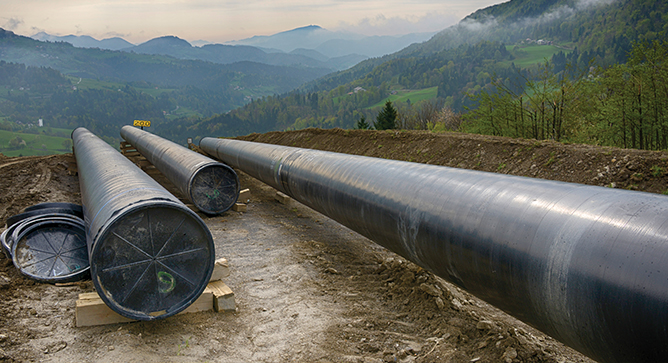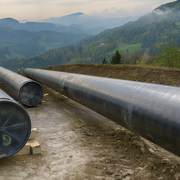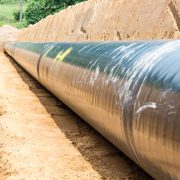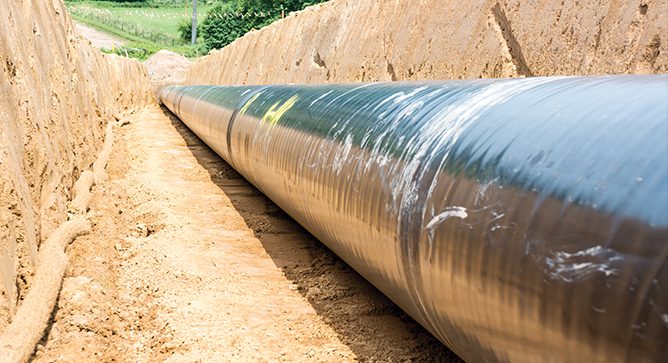News & Views, Volume 43 | In-Line Inspection – An Improvement Over Pressure Testing for Pipeline Integrity Management
By: Scott Riccardella, Dilip Dedhia, and Peter Riccardella
 Structural Integrity recently performed probabilistic fracture mechanics (PFM) analysis of a gas transmission pipeline for a major U.S. operator. The analysis yielded interesting insights in several areas:
Structural Integrity recently performed probabilistic fracture mechanics (PFM) analysis of a gas transmission pipeline for a major U.S. operator. The analysis yielded interesting insights in several areas:
Pressure Testing versus In-Line Inspection
Pressure testing has long been considered the gold standard for assuring pipeline integrity. By testing at a factor (e.g., 1.25x or 1.5x) above the Maximum Allowable Operating Pressure (MAOP), any size critical flaws in the line would fail at this pressure level and are thus removed prior to future service. Subcritical flaws that remain after the test will be smaller than the critical flaw sizes during operation, and thus can be assumed to have some margin for growth before they become critical in service. Flaw growth rates can be calculated based on operational and environmental factors to establish a reassessment interval for future testing or inspections.



 In January 2012, the Pipeline Safety, Regulatory Certainty, and Job Creation Act of 2011 was signed into law directing PHMSA to take steps to further assure the safety of pipeline infrastructure.
In January 2012, the Pipeline Safety, Regulatory Certainty, and Job Creation Act of 2011 was signed into law directing PHMSA to take steps to further assure the safety of pipeline infrastructure.